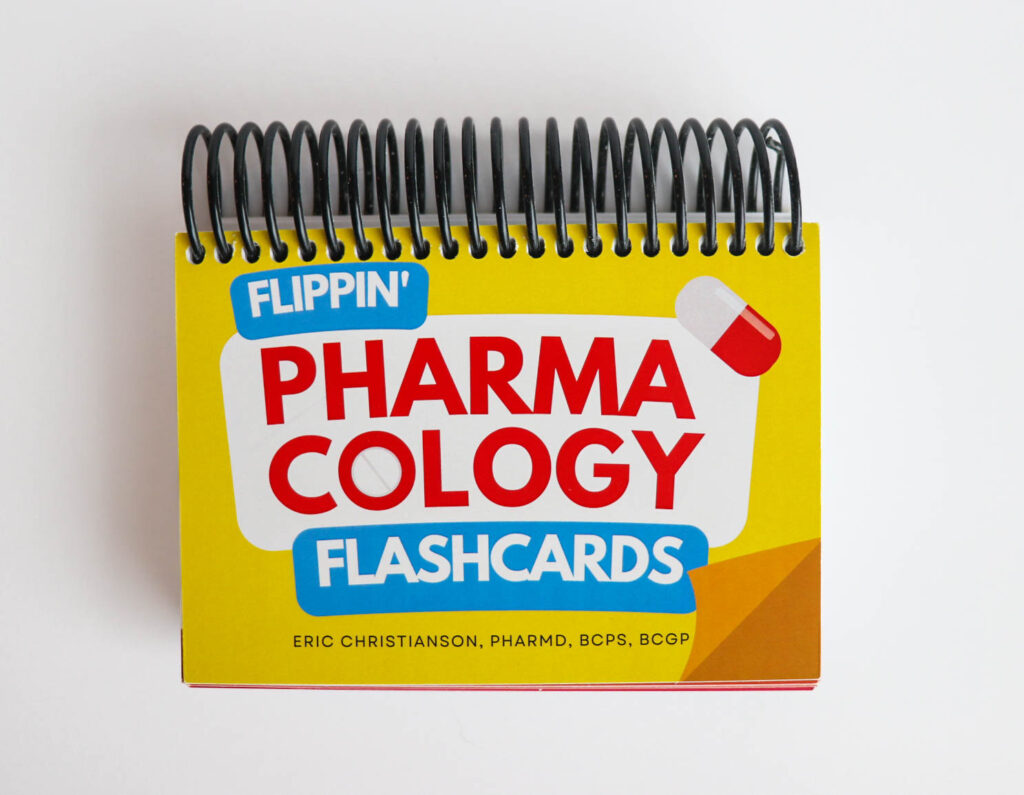In this Antabuse case study, JE is a 62-year-old male with a history of anxiety, bipolar disorder, alcohol abuse disorder, BPH, hypercholesterolemia, Afib, HTN, and GERD. His current medication list includes the following:
- Hydroxyzine 25 mg BID for anxiety
- Seroquel 500 mg at bedtime
- Tamsulosin 0.4 mg daily
- Finasteride 5 mg daily
- Antabuse 250 mg daily
- Eliquis 5 mg BID
- Metoprolol 25 mg BID
- Omeprazole 20 mg daily
- Simvastatin 20 mg at bedtime
- Milk of Mag 30 mls PRN
- Depakote ER 1,500 mg at bedtime
In a discussion with the patient’s friend who brought him into the clinic today, he reports worsening confusion and not feeling well in the late afternoon and evening. The patient also mentions issues with going to the bathroom and that nothing comes out.
Lifestyle – Antabuse Case Study
After inquiring about day-to-day life, past history, and other miscellaneous questions, you find out he has been going to happy hour at around 3-5 pm most days. This is obviously a big concern. Any alcohol intake will cause a disulfiram reaction as long as this patient is taking Antabuse on a regular basis. Symptoms of the disulfiram reaction include diaphoresis, palpitations, facial flushing, nausea, vertigo, hypotension, and tachycardia. Central nervous system adverse effects like confusion are possible as well. This would be the first item I would address in this situation. Alternatives to Antabuse and a reassessment of alcohol use disorder would be important considerations.
Other Considerations
Another consideration in this patient not feeling well and having confusion include assessing a valproic acid level. Ammonia levels can be elevated on account of VPA use as well.
BPH Symptoms
Hydroxyzine is an obvious concern in relation to confusion and the patient’s BPH history. It is highly anticholinergic and can exacerbate both conditions. If anxiety is controlled a reduction might be considered. Seroquel has some anticholinergic activity as well and this patient is taking a relatively big dose. It is typically considered middle of the road as far as 2nd generation antipsychotics and anticholinergic activity. Remember that clozapine is typically considered to have the highest anticholinergic activity of the second-generation agents (important clinical pearls to remember with regard to board certification exams!).
I wanted to share this case because it had been quite some time since I have seen disulfiram used for alcohol use disorder! Do you see this medication at all in your practice? How often?
- 30 medication mistakes PDF
- 18+ Page Drug Interaction PDF
- 10 Commandments of Polypharmacy Webinar based on my experiences in clinical practice




0 Comments